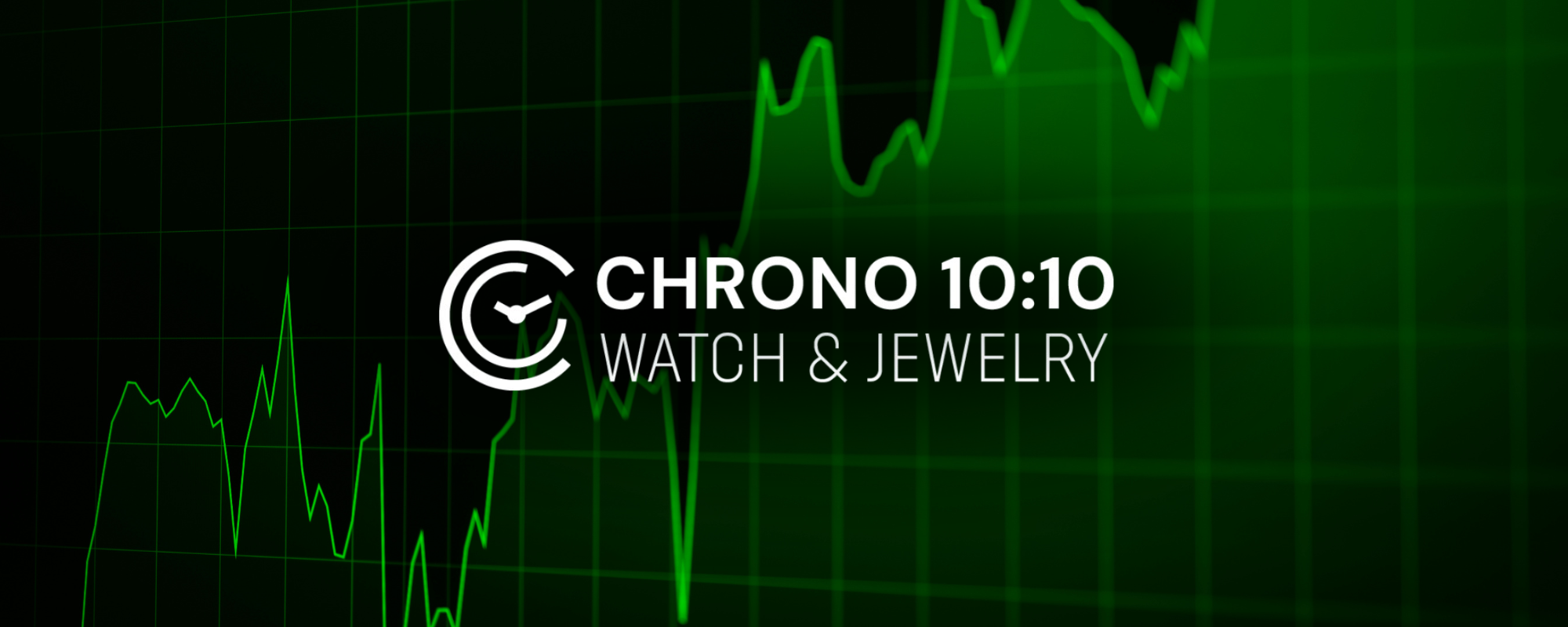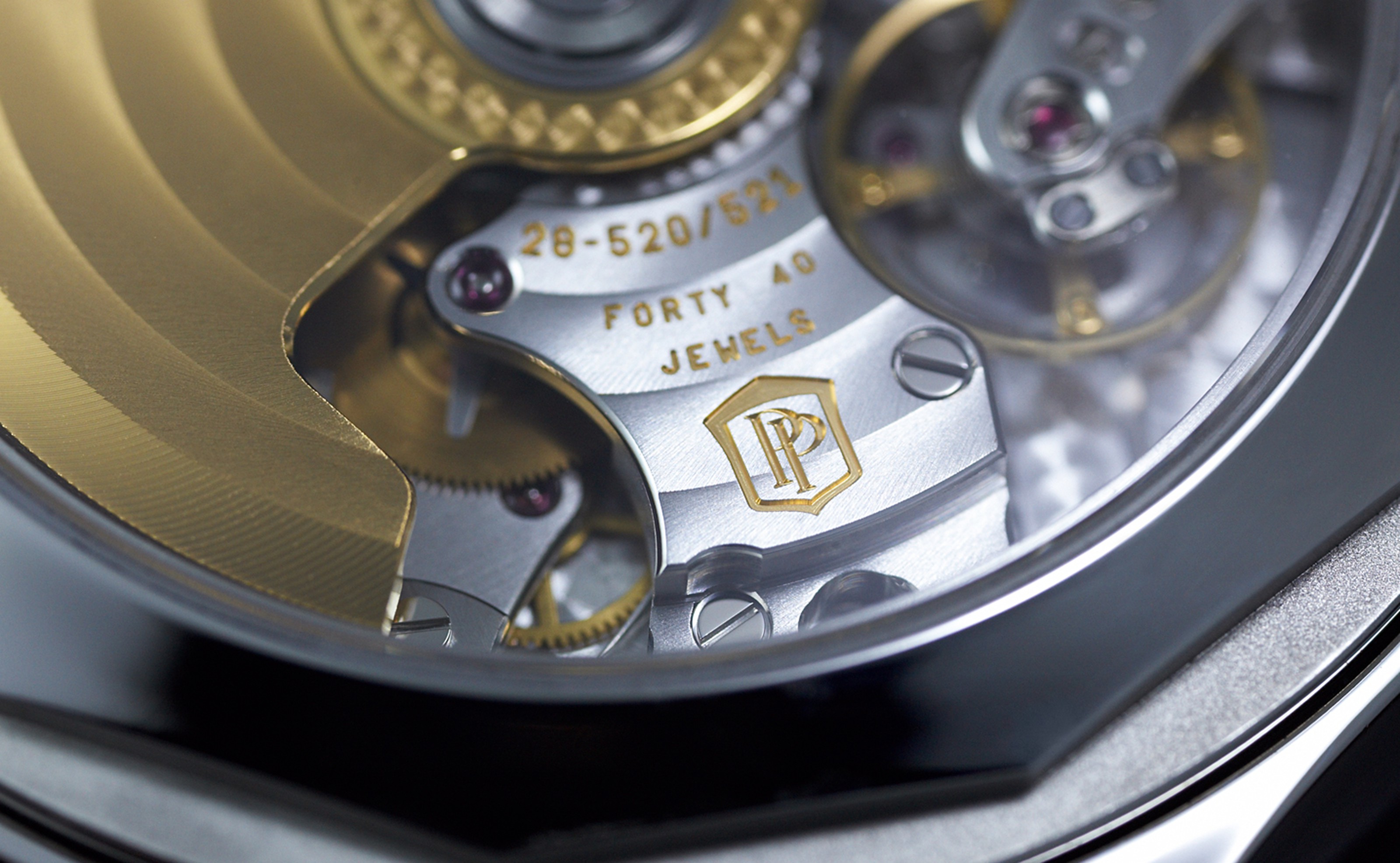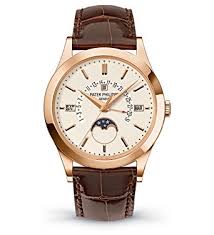July was a better month for the Swiss watch industry 📈 – at least on paper. Exports went up again, climbing about 7% compared to last year. But before you think the world suddenly rediscovered its love for Swiss timepieces, there’s a catch: most of that bump came from brands rushing shipments to the United States before new tariffs kicked in.
Without the US rush, exports would actually have been slightly down. That tells you a lot about where the industry stands right now – not in free fall, but definitely not riding the wave it once was.
⏳ The Tariff Problem
The US government, under Trump’s latest round of tariffs, slapped a 39% levy on imported Swiss watches. That’s way higher than what Europe or other developed economies are facing. Naturally, brands weren’t just going to sit back and take the hit. So they front-loaded shipments in July, basically flooding the US market before the August 1 deadline.
It worked in the short term – July’s numbers look solid – but it’s not a long-term fix. Once those shelves are stocked, demand has to do the heavy lifting, and that’s where things look shaky.
😮💨 “Luxury Fatigue” Is Real
There’s a phrase floating around the industry right now: luxury fatigue. It sounds dramatic, but it makes sense. For years, luxury watches seemed untouchable, riding on endless demand from Asia, the Middle East, and the US. But people’s buying habits are changing.
In China, demand is sliding backwards again.
In Japan, shipments dropped hard.
Even in markets that were considered rock solid, you can feel a slowdown.
It’s not that watches are dead – far from it. But that thrill people once got from every new luxury purchase isn’t guaranteed anymore. Add in shaky global economies, inflation, and political tension, and suddenly a €10,000 watchdoesn’t feel like an easy buy, even for the wealthy.
🥇 Who’s Still Buying?
Interestingly, the very top of the market is holding up best. Watches with an export price of over €3,700 grew nearly 10% in July. That segment is dominated by heavyweights like Rolex, Patek Philippe, and Audemars Piguet – pieces that are more investment than accessory.
Mid-tier watches like €200 to €500 export price also did surprisingly well, climbing about 7%. That’s the space where brands like Longines or Tissot play, appealing to both entry-level collectors and casual buyers.
Where it hurts most is the lowest tier. Watches under €200 export price slid further, showing just how brutal the competition has become at the affordable end of the market, where smartwatches and fashion brands eat up demand.
🌍 The Bigger Picture
Swiss officials have been lobbying hard to get the US tariff reduced. They know the damage it could cause. UBS economists even warned that if the 39% tariff sticks around, Switzerland’s economy could shrink by nearly half a percent over the year. That may not sound huge, but for a small, watch-reliant country, it’s serious.
Meanwhile, watchmakers like Swatch Group and Richemont – who both rely heavily on US sales – are bracing for impact. Stocking up on July’s numbers was smart, but when the tariffs bite, brands will either have to eat some of the cost or raise prices in the US. Neither option is pretty.
🔮 So, What Does It All Mean?
If you zoom out, July feels like a temporary win in a much bigger struggle. The Swiss watch industry is still adjusting to a world where:
The US is playing hardball with tariffs.
China and Japan aren’t the growth engines they used to be.
Consumers are more cautious – not just financially, but emotionally.
The passion for mechanical watches hasn’t gone anywhere ❤️, but buying habits are shifting. More people are second-guessing whether they need another luxury watch, or if their money might be better spent elsewhere. That’s the essence of “luxury fatigue.”
For collectors and enthusiasts, it’s a strange moment. On one hand, there’s pressure on the industry, which could bring more creativity and better value in the long run. On the other, the trade battles and consumer uncertainty make things unpredictable.
✅ Bottom Line
July’s export rebound is less of a comeback story and more of a tactical maneuver. The numbers look good because brands sprinted ahead of tariffs, but the underlying demand isn’t where it used to be.
If the US tariff sticks and global “luxury fatigue” keeps spreading, the Swiss watch industry has some serious adapting to do. For now, the big question isn’t how much they shipped in July – it’s whether the world still wants what they’re selling for the prices they set, month after month.



